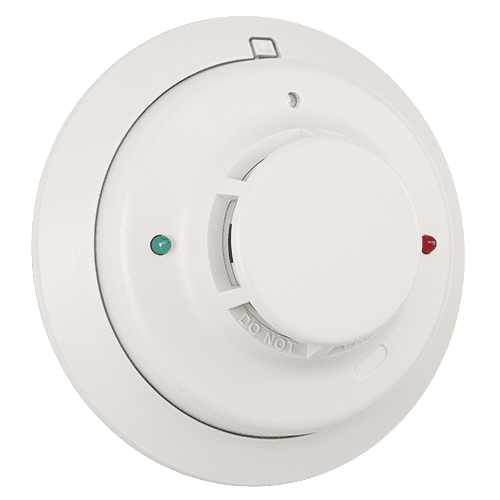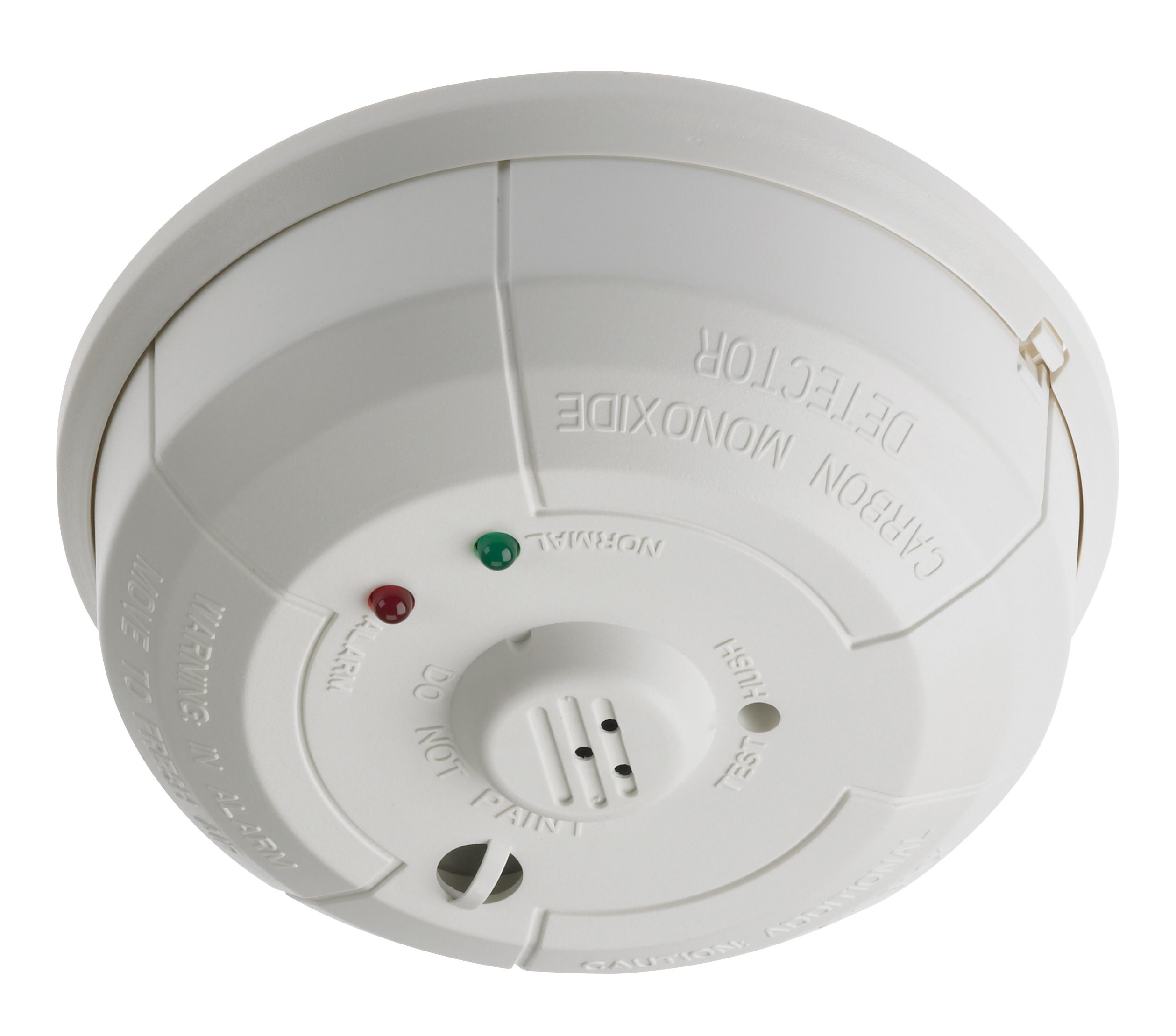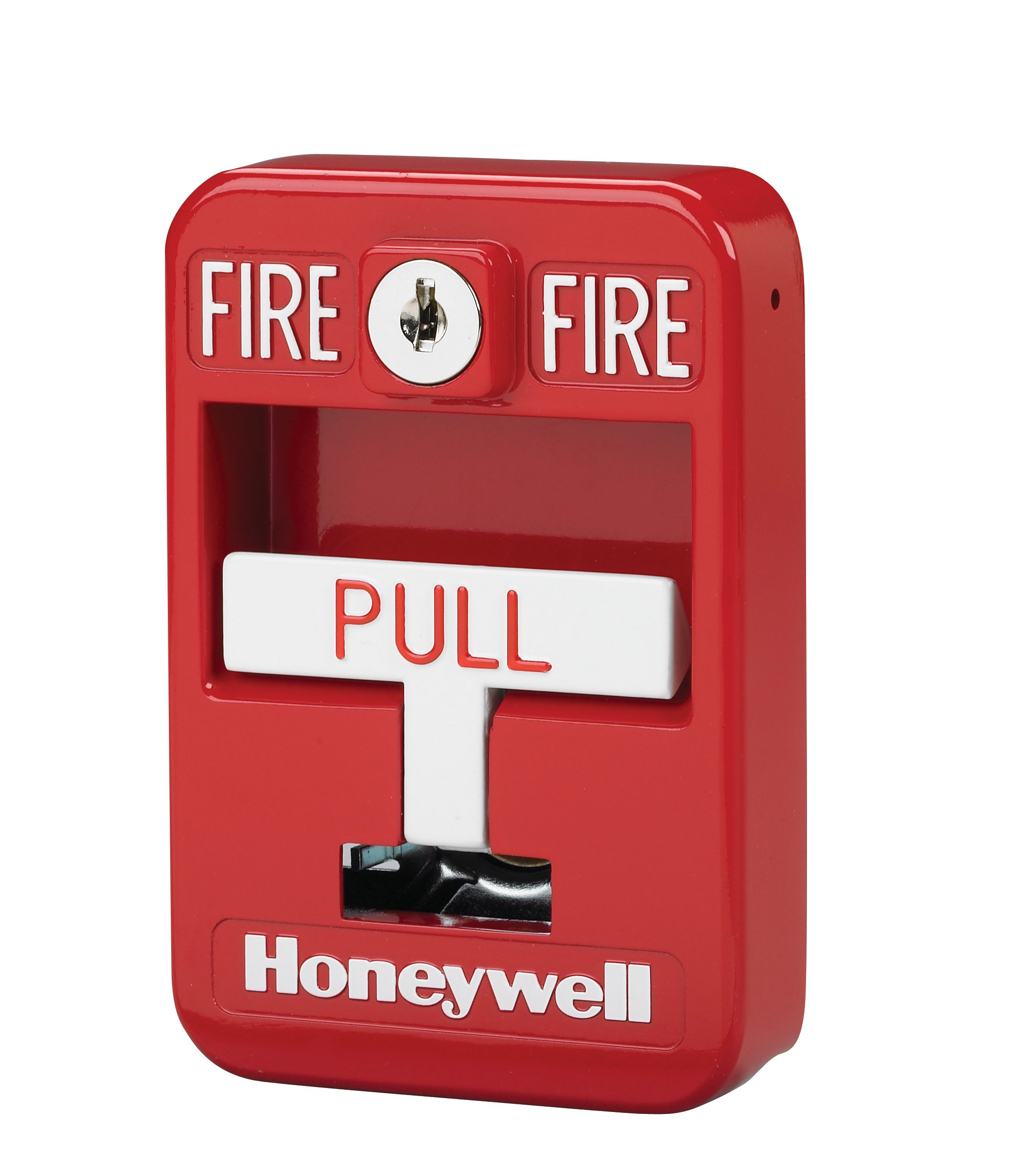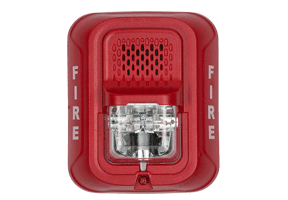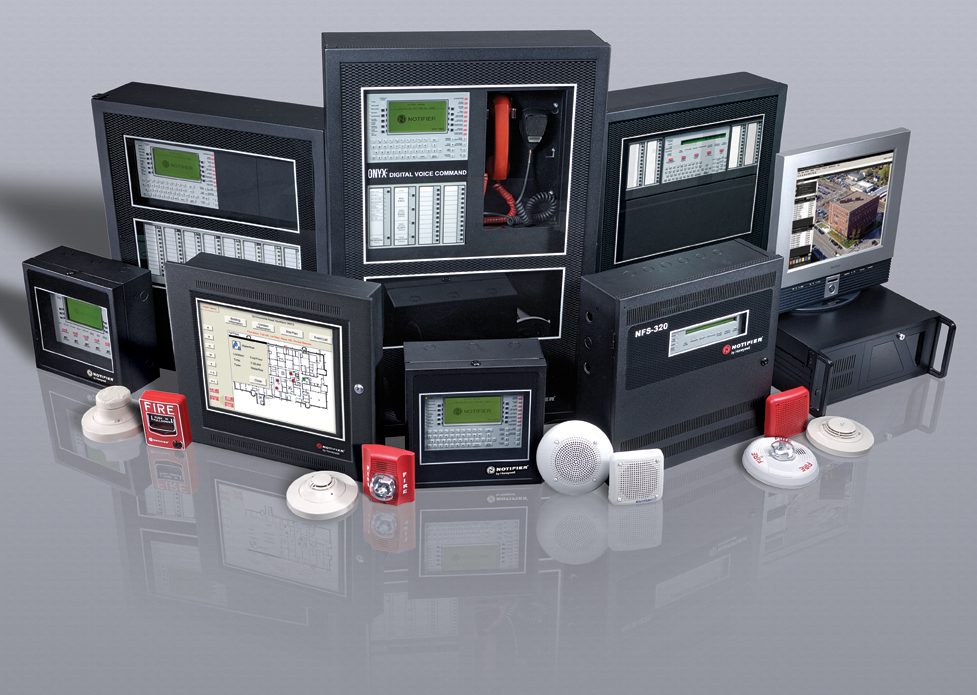
Every year in the United States, there are over 470,000 structure fires, making a comprehensive fire alarm system an essential feature in every business. Fire alarm systems help to protect both lives and property, but they aren’t installed just as optional precautionary measures: building codes dictate that every Michigan business must contain a functioning commercial fire alarm system to remain operational. Because of this, anyone interested in managing a property or opening a business will inevitably be confronted by the complexities of fire alarm installation and maintenance, regardless of whether or not they know a horn/strobe from a heat detector.
Designing and installing a quality fire alarm system that meets local building codes can be like navigating a maze, but the individual devices that make up a fire alarm system aren’t necessarily as complicated. At EPS Security, we work with our customers and local authorities to develop a comprehensive and customizable life safety solution to protect both lives and property, all while meeting code requirements.
We’ve taken the time to gather the more essential details of common life safety devices to give you a better understanding of your current solution, and potentially find ways to bolster the safety of your organization and employees.
Commercial fire alarm system basics
Often associated solely with fire detection, a comprehensive life safety system is engineered to detect life-threatening and property-damaging hazards. These range from fire outbreaks to carbon monoxide poisoning to leaky pipes, and more.
Smoke detectors
Smoke detectors are a fundamental component of any comprehensive fire alarm system. As their name suggests, their primary function is to detect and alert a building’s occupants to the presence of smoke in the air. EPS installs smokes detectors that utilize photoelectric sensors to detect smoke particles as they cross beams of light. With their relatively small size and ease of placement, smoke detectors can be installed in relatively limited spaces, or in larger rooms, to provide maximum protection. While local building codes often determine specifics such as quantity and location, EPS Security Consultants and Engineers work with property managers and those in charge of commercial facilities to design systems that maximize the efficiency of their smoke detectors to best protect occupants and property.
CO detectors
Carbon monoxide is released whenever fuel is burned incompletely, which means every business with a water heater is at risk for CO poisoning. CO detectors use electrochemical sensors that send signals to the fire alarm control panel the moment carbon monoxide is detected. With more than 14,000 people sent to emergency rooms each year from CO poisoning, CO detectors are essential additions to any life safety system.
Hand pull stations
When most people think of fire alarm systems, this is the device with which they are most familiar. Hand pull stations are easy-to-recognize devices that function much as their name suggests. In the case of a fire or other life safety emergency, an occupant can pull the handle down on the device to trigger an alarm signal to the fire panel, thus activating the strobes and sirens. Where it may take several minutes for smoke to reach a smoke detector, a hand pull can be activated by a person on-site within seconds of an emergency, allowing for faster evacuation and response times by emergency services. Hand pulls can come in different shapes and sizes and are typically offered with back-boxes or covers, if requested.
Horn/strobes
A fire alarm system is full of devices designed to detect fires and other emergencies as early as possible, but such systems are only effective if they can notify every occupant in a building of the danger. Horns and strobes are the devices mounted throughout a building that activate once a fire panel has received an alarm from elsewhere on the system. Horns are the “sound” portion of an alarm event, and their purpose is to audibly alert everyone in the vicinity that there is an emergency. Strobes are the ‘sight’ facet of an alarm. During an alarm event, they flash (strobe) in bursts to visually cue occupants that an alarm is going off.
Most businesses utilize horn/strobe devices to both audibly and visually alert occupants of an ongoing alarm event. However, in many cases, standalone horns or strobes are used to offer efficient yet effective protection. Regardless of their type, building code compliance requires horns and strobes be mounted in a manner where occupants in a facility can easily hear or see them. In doing so, this increases the likelihood that everyone inside the building will be notified of an emergency in the event of an alarm, potentially saving lives.
Voice evacuation systems
Horns and strobes can alert employees to immediate fire dangers, but the frequent occurrence of fire drills and false alarms can create “alarm fatigue,” dulling the sense of urgency typically associated with such events. Additionally, simply blaring alarms through a large facility can lead to a chaotic evacuation. Voice evacuation systems were created to alleviate these problems. As an enhancement of a traditional fire alarm system, a voice evacuation system broadcasts pre-recorded messages throughout a building to guide occupants through evacuation using coherent direction. The systems are extremely versatile, as recordings can be made for various life safety situations, including fires, severe weather, gas leaks, active shooters, and more.
A more organized evacuation procedure can equate to less risk to a building’s occupants. The ability to record customized messages for different emergency scenarios gives a voice evacuation system a distinct edge over the standard “same alarm for every situation” horn/strobe solutions. Voice evacuation systems work so well that the state of Michigan requires them in high-occupancy assembly, educational, and high-rise facilities. Some industry experts believe voice evacuation systems will, in time, completely replace standard horn/strobe systems, as technology becomes streamlined and code compliance changes.
The EPS Advantage
The rules governing fire alarm and life safety system installation are complicated, and even vary from jurisdiction to jurisdiction. Whether opening a new business or updating an outdated fire alarm system, the process for engineering and installing life safety systems can be a headache for property managers and business owners. It’s for this reason that local businesses overwhelmingly choose EPS Security as their life safety system provider. It’s not just that we use top-of-the-line devices from industry-leading manufacturers. We’ve proven through more than 65 years of working with Michigan businesses that we are experts in crafting customized solutions to fit the needs of our customers, while also meeting code requirements. We’ve made it a point to foster strong relationships with local authorities to ensure the smooth and expedient installation of systems that pass muster and perform to our lofty security standards.
When it comes to protecting your employees and property, don’t settle for anything less than the best. Choose the company with six decades of know-how and a proven history in securing Michigan businesses. Choose EPS Security and discover the EPS advantage for yourself.

